One of the key aspects of successful growing is proper lighting. Lighting plays a crucial role in photosynthesis, growth, development and ultimately yield.
There are many different types of lighting available in modern grooving, each with its own characteristics, advantages and disadvantages. Sativa, indica, autoflowering seeds - each type of cannabis has its own unique lighting needs at different periods of its growth.
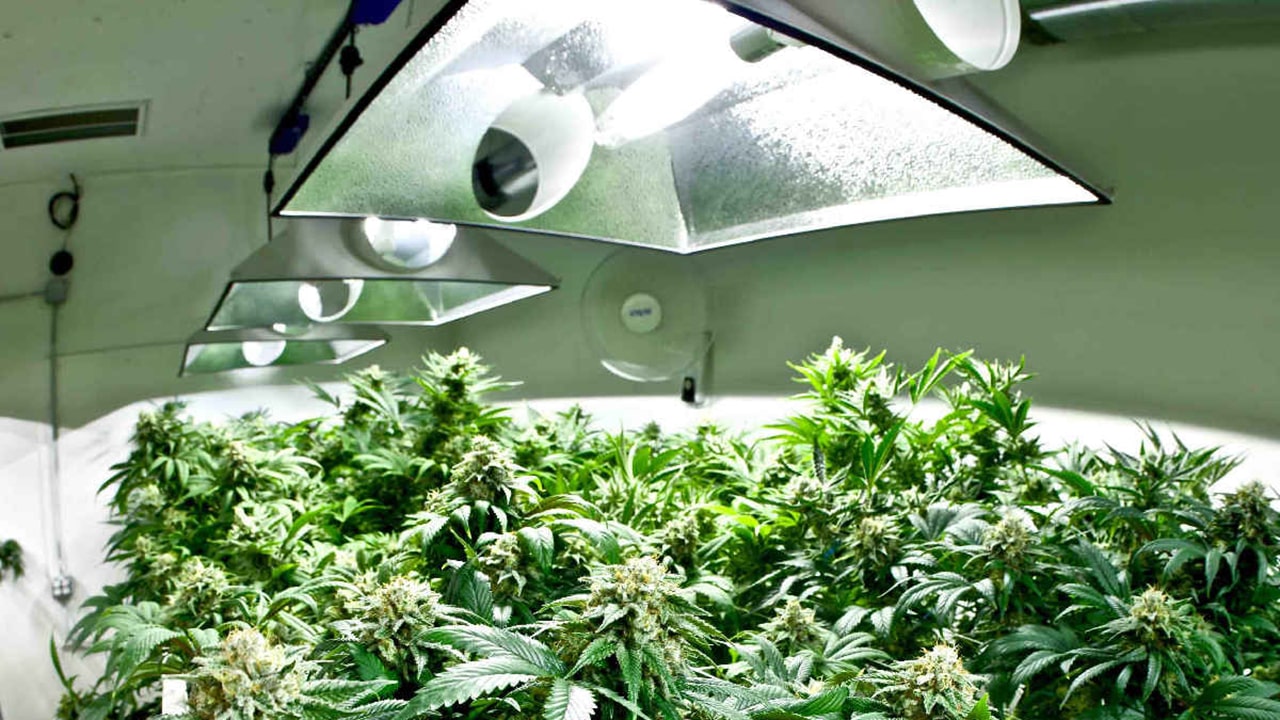
Types of lighting
High Pressure Sodium (HPS) lamps: these lamps are one of the most common choices among growers due to their relatively low cost and high efficiency. HPS lamps emit a warm and yellowish light that promotes the process of photosynthesis and stimulates plant flowering. They are ideal for flowering and provide optimal light for a variety of species including sativa and indica.
Metal halide (MH) lamps: unlike HPS, MH lamps emit a bluer light, making them an ideal choice for the vegetative growth phase of plants. The blue spectrum of light they provide promotes healthy plant growth, increased leaf number and overall green mass. These lamps can also be used for vegetative growth of autoflowering varieties.
Light Emitting Diode (LED) bulbs: LED bulbs are becoming increasingly popular among growers due to their energy efficiency and ability to precisely control the spectrum of light. LED lamps use less energy and can be customized for different phases of plant growth, making them a versatile choice for growers of all experience levels. They also provide more uniform lighting throughout the area, which promotes even plant growth.
Fluorescent lights, such as T5 and CFLs, can be a good choice for beginning growers. They are more affordable and can be easily installed in small spaces. However, they are not as efficient as HPS, MH or LED and do not provide as high a level of illumination.
Ceramic metal halide lamps (CMH): these lamps are a variation of metal halide lamps that utilize ceramic technology. They are highly efficient and provide a wider spectrum of light that is closer to the natural light of the sun. CMH lamps are popular with growers who value quality and high light levels.
Plasma lamps: these lamps use plasma discharges to generate light. They are highly efficient and long-lasting, and provide a wider spectrum of light that can be optimized for different phases of plant growth. Plasma lamps can be an expensive option, but they offer high light levels and quality results.

Advantages and disadvantages
HPS (high pressure sodium lamps):
Advantages:
- High power output: HPS lamps provide high levels of illumination, which promotes good plant growth and flowering.
- Low cost: Compared to some other types of lighting, HPS lamps are a more affordable option.
- Efficiency for flowering: HPS lamps are ideal for the flowering phase of plants, providing them with the right spectrum of light.
Disadvantages:
- Energy consumption: HPS lamps consume more energy compared to some other types, which can affect costs.
- Heat generation: HPS lamps generate a significant amount of heat, which requires good ventilation and cooling in the grow room.
MH (metal halide lamps):
Advantages:
- Growing light spectrum: the blue light spectrum emitted by MH lamps promotes healthy growth and development of plant leaves during the growing phase.
- Versatility: MH lamps can be used for a variety of plant species and provide high illumination.
Disadvantages:
- Energy consumption: compared to more modern LED lamps, MH lamps can consume more energy.
- Inefficiency for flowering: Unlike HPS, MH lamps may not provide the optimal light spectrum for the flowering phase of plants, which can affect the final yield.
LED (light-emitting diode) lamps:
Advantages:
- Energy efficiency: LED lamps use less energy than traditional HPS and MH lamps, which helps reduce costs.
- Adjustable light spectrum: LED lamps can be adjusted for different phases of plant growth, allowing you to optimize lighting for specific needs.
- Durability: LED lamps have a long life and require less replacement and maintenance.
Disadvantages:
- High cost: the investment in LED lighting can be higher compared to other types of bulbs, although they can pay for themselves over time through lower energy and maintenance costs.
- Need for certain skills: setting up LED lamps requires some experience and understanding of plant lighting principles.
Fluorescent bulbs:
Advantages:
- Low cost: fluorescent lamps, especially compact fluorescent lamps (CFLs), are one of the most affordable lighting options for grooving.
- Low heat: compared to more powerful lamps such as HPS or MH, fluorescents produce less heat, reducing the need for additional ventilation and cooling of the growroom.
- Suitable for beginners: fluorescent bulbs are ideal for beginner grovers or for those grooving with limited space or budget. They are easy to install and do not require complicated setup or specialized knowledge.
Disadvantages:
- Low light levels: compared to more powerful bulbs such as HPS, MH or LED, fluorescents provide lower light levels. This can lead to slower plant growth and lower final yields.
- Not suitable for large areas: fluorescent lights are effective for small projects or for growing small batches of plants. However, they may not be effective for grooving large areas where more light is needed.
- Limited spectrum of light: although some fluorescent lamps such as T5 can provide a wider spectrum of light than conventional CFLs, they are still limited compared to more advanced types of lighting such as LEDs. This can limit the spectral needs of plants in different phases of growth.
Ceramic metal halide lamps (CMH):
Advantages:
- Wide spectrum of light: CMH lamps provide a wider spectrum of light than traditional metal halide (MH) lamps. This spectrum is closer to the natural light of the sun, which promotes healthy plant growth and development.
- Efficiency: CMH lamps are highly efficient and can provide high light levels with lower energy consumption, helping to reduce costs.
- Durability: the ceramic components in CMH lamps make them more durable and less prone to wear and tear than traditional metal halide lamps.
Disadvantages:
- High cost: CMH lamps can be a more expensive option than some other types of lighting such as HPS or MH.
- Need for special reflectors: CMH lamps require special reflectors for optimal performance, which can increase installation costs.
Plasma type lamps (Plasma):
Advantages:
- High light levels: plasma type lamps provide high light levels and even light distribution throughout the area, which promotes healthy plant growth and development.
- Wide spectrum of light: plasma lamps provide a wider spectrum of light than some other types of lighting, allowing growers to optimize lighting for different phases of plant growth.
- Longevity: plasma lamps are highly durable and can run for long periods of time without needing to be replaced.
Disadvantages:
- High cost: plasma-type lamps can be an expensive option compared to some other types of lighting.
- Need for specialized equipment: plasma lamps may require specialized equipment to install, which can increase initial costs.
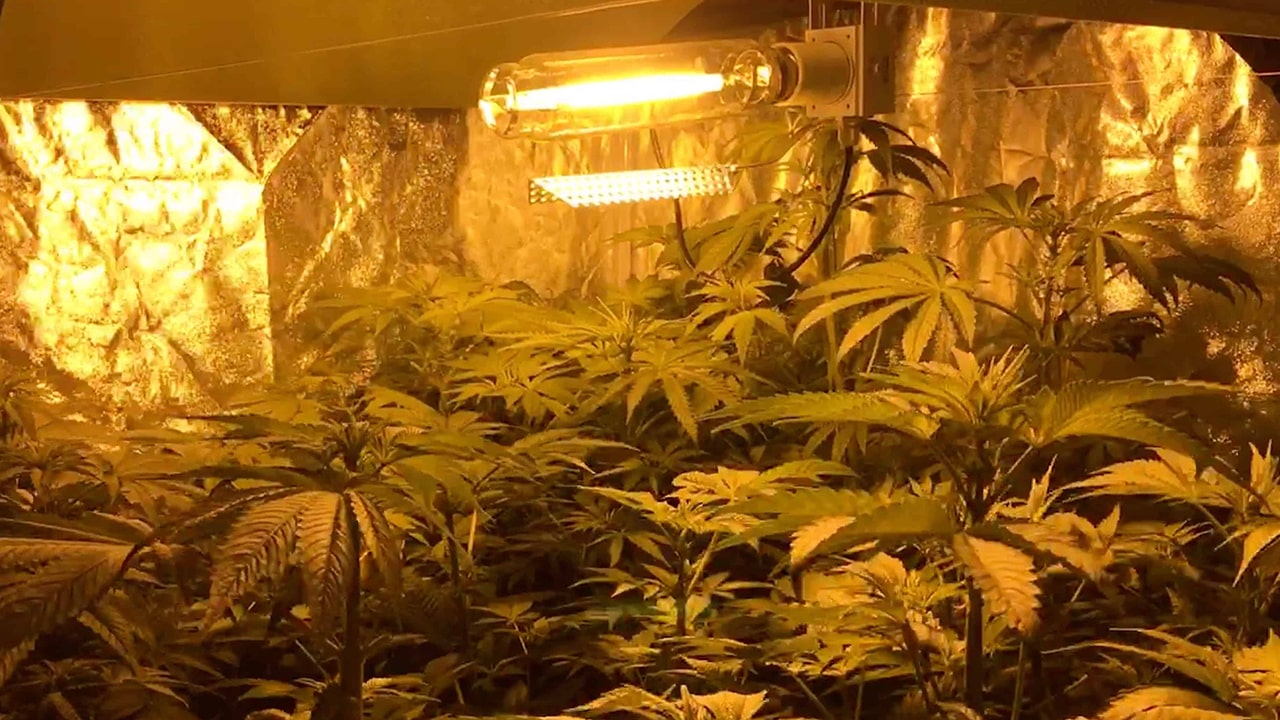
Best practice
Selecting the optimum spectrum:
Growth phases are determined: it is important to understand what spectrum of light is required for different phases of plant growth. For example, plants need more blue and green light for vegetation, while plants need more red light for flowering.
Light settings: if the grower is using LED or customizable lights, it is important to make sure they are set to the appropriate spectrum for each phase of growth.
Experienced growers take species into account: sativa and indica may have different lighting needs at different periods of their growth. Indica, for example, may use more light at flowering than sativa.
Temperature control:
Ensuring good ventilation: you need to monitor the temperature in the growroom and make sure there is adequate ventilation to dissipate heat, especially when using high wattage lamps such as HPS or MH.
Use of additional cooling: if necessary, consideration is given to using additional cooling systems such as fans or air conditioners to maintain optimum temperature.
Regular maintenance:
Lamp cleaning: regular inspection and cleaning of dust and dirt from lamps to maintain their efficiency. Dirty lamps can result in reduced light output and uneven lighting.
Replacing lamps as needed: if lamps age or lose their brightness, replacement is necessary to maintain optimal lighting for plants.
These best practices will help maximize lighting potential and ensure healthy plant growth and development throughout their life cycle.

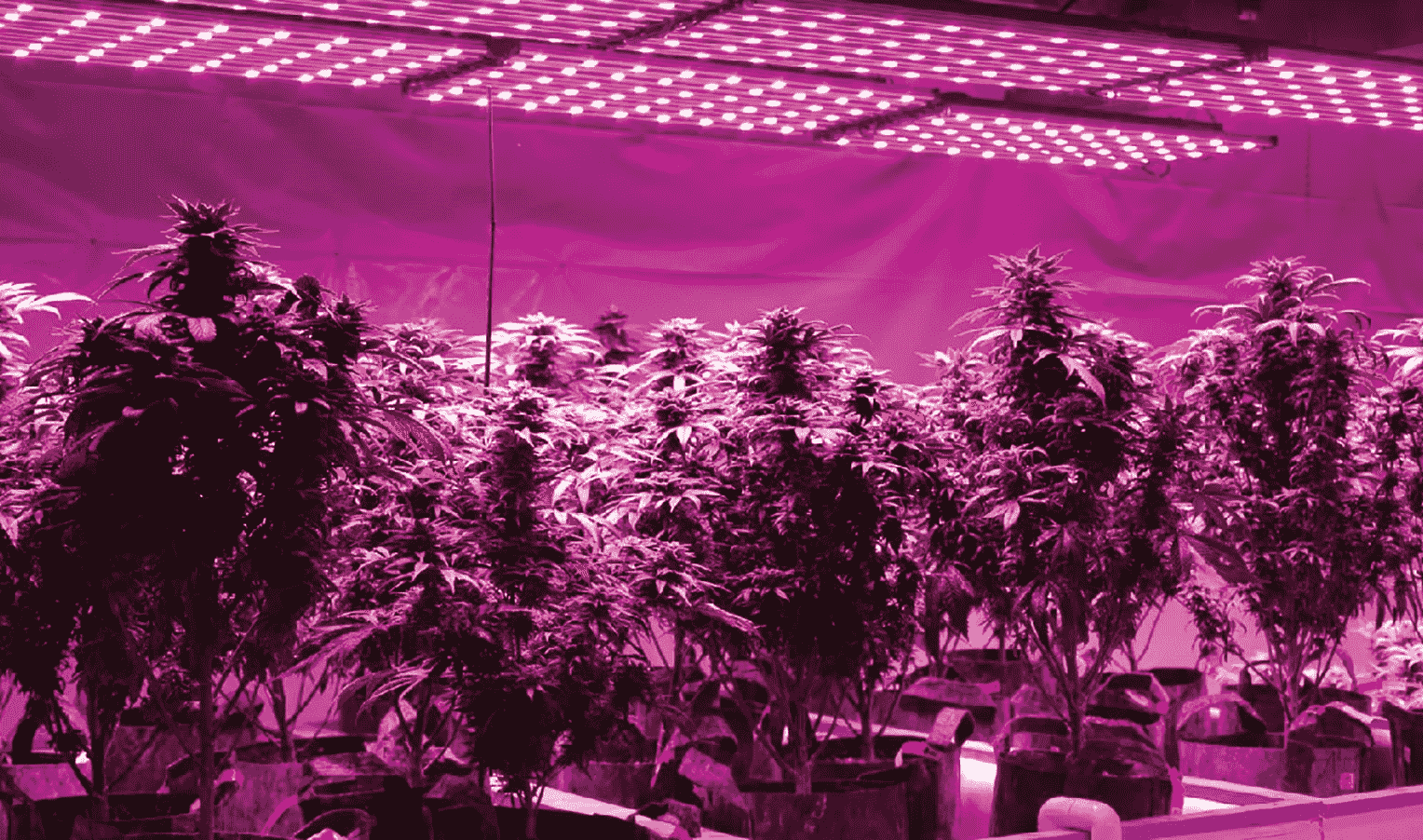

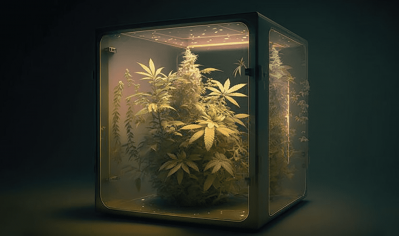

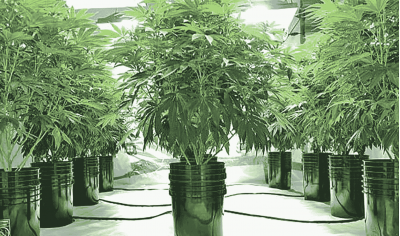

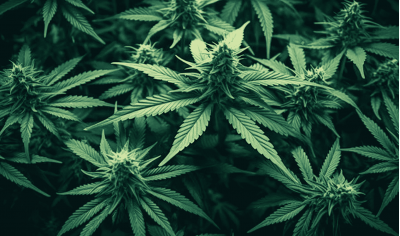

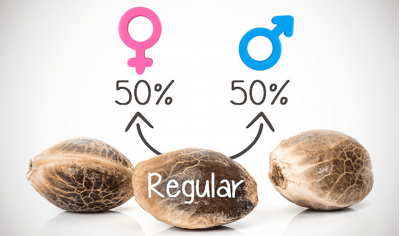
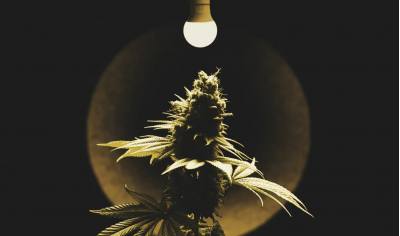
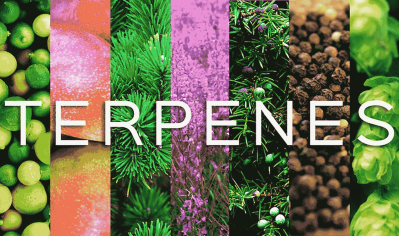


Write a comment